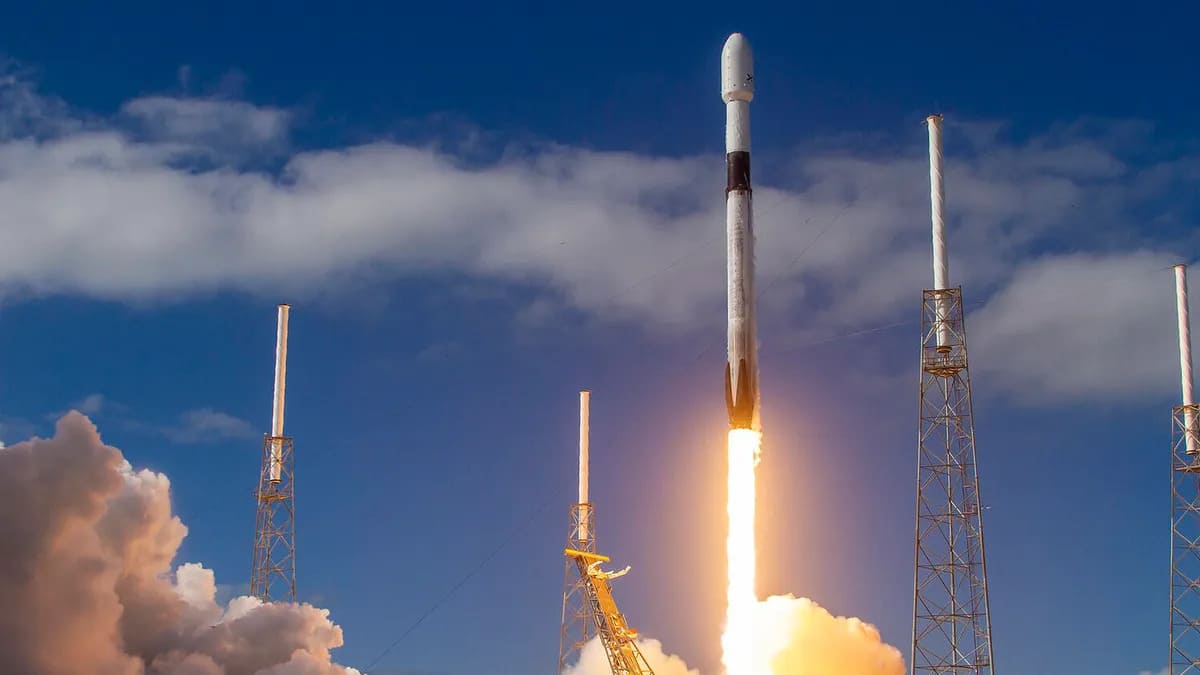SpaceX launches Leap Day Starlink satellites into orbit, lands rocket at sea
SpaceX, the private space company led by Elon Musk, celebrated a successful “doubleheader” launch on Thursday, February 29th, 2024. Not only did they send 23 Starlink satellites soaring into orbit, but they also managed to flawlessly land the reusable first stage booster of the Falcon 9 rocket on a drone ship in the Atlantic Ocean.
Launch Details:
- The launch took place from Launch Complex 40 at Cape Canaveral Space Force Station in Florida.
- The 23 satellites are part of SpaceX’s Starlink constellation, which aims to provide internet access to nearly every corner of the globe.
- This launch marks another step towards achieving that goal, increasing the total number of Starlink satellites in orbit to over 4,000.
Rocket Landing:
- The first stage booster, nicknamed B1076, successfully completed its mission by launching the satellites into orbit and then returning to Earth.
- This marks the 11th successful landing for B1076 and the 73rd overall landing for this type of booster.
- SpaceX’s ability to reuse its rockets significantly reduces launch costs and allows for more frequent missions.
A Leap Day for Space Exploration:
The timing of this launch also holds a special significance. Occurring on a Leap Day, a rare day added to the calendar every four years, it symbolizes progress and taking bold steps in the world of space exploration.
This successful launch highlights SpaceX’s ongoing efforts to:
- Make space exploration more accessible and affordable.
- Provide internet access to underserved areas.
- Develop and refine reusable rocket technology.
With this successful “doubleheader,” SpaceX is setting the stage for exciting advancements in the future of space exploration and internet connectivity.
SpaceX Launches Starlink Satellites and Nails Rocket Landing
Q: What did SpaceX launch on Leap Day?
A: SpaceX launched 23 Starlink satellites into orbit.
Q: What are Starlink satellites for?
A: These satellites are part of a constellation aiming to provide internet access to remote and underserved areas globally.
Q: How many Starlink satellites are now in orbit?
A: With this launch, the total number surpasses 4,000.
Q: What happened to the rocket after launch?
A: The first stage booster, B1076, successfully landed on a drone ship in the Atlantic Ocean.
Q: What’s the significance of the booster landing?
A: Reusing rockets like B1076 reduces launch costs and allows for more frequent missions.
Q: Why is this launch special because it happened on Leap Day?
A: Leap Day is a symbolic reminder of taking bold steps and seeking progress, which aligns with SpaceX’s mission in space exploration.
Q: What are the future goals of SpaceX related to this launch?
A: They aim to continue:
Making space exploration more accessible.
Providing global internet access.
Developing and refining reusable rocket technology.
Read More: Click Here
